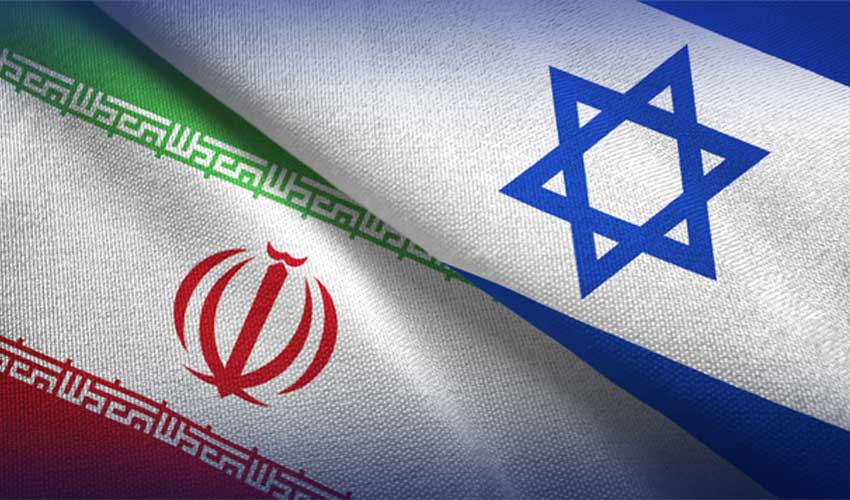Tensions between Iran and Israel escalated today after a devastating airstrike on the Iranian embassy in Damascus. Iran quickly responded with a barrage of missiles aimed at Israeli defense equipment, raising fears of a wider conflict.
Let’s see how Iran and Israel stack up against each other. These numbers show who received the most men, weapons and money.
Military Power
Iran has a significant labor advantage, with 610,000 active workers compared to 170,000 Israelis.
However, Israel has a larger reserve force, 465,000 compared to Iran’s 350,000. The balance of power in terms of available labor can play an important role in the outcome of the conflict.
Iran 🇮🇷 vs Israel 🇮🇱
Total Population:
Iran 🇮🇷: 87.6M
Israel 🇮🇱: 9.04M
labor available:
Iran 🇮🇷: 49.05M
Israel 🇮🇱: 3.80M
Suitable for service:
Iran 🇮🇷: 41.17M
Israel 🇮🇱: 3.16M
military personnel:
Employee:
Iran 🇮🇷: 610K
Israel 🇮🇱: 170K
Security Officer:
Iran 🇮🇷: 350K…
Air Power
Israel is slightly ahead in total aircraft, with 612 compared to Iran’s 551. In addition, Israel has more fighter jets and attack helicopters that can give it an advantage in aerial warfare.
Naval Power
Iran has 101 ships, including 19 submarines, compared to Israel’s 67 ships and 5 submarines. Controlling the sea can be important for both sides in securing strategic positions and conducting naval operations.
Financial Resources
Iran has a smaller defense budget of $9.95 billion compared to Iran’s $24.4 billion while having a lower external debt ($8 billion compared to Israel’s $135 billion) and a stronger financial position.
Meanwhile, Iran’s foreign reserves are lower ($127.15 billion compared to Israel’s $212.93 billion). Financial stability can be an important factor in supporting military operations.
Surplus Oil
Iran plays a major role in oil production. If Israel produces anything, it produces 3.45 million barrels per day.
As tensions rise, the international community anxiously monitors the situation, hoping for a quick resolution to prevent further escalation and instability in the region.





